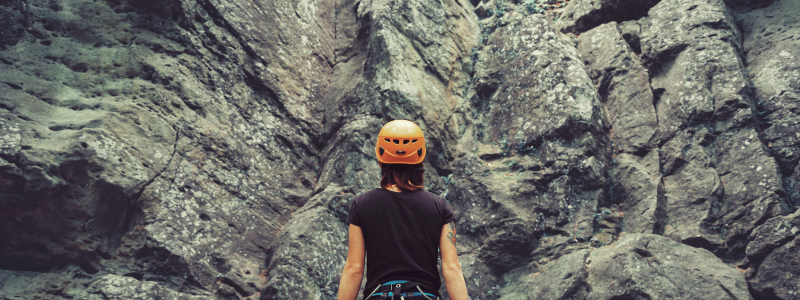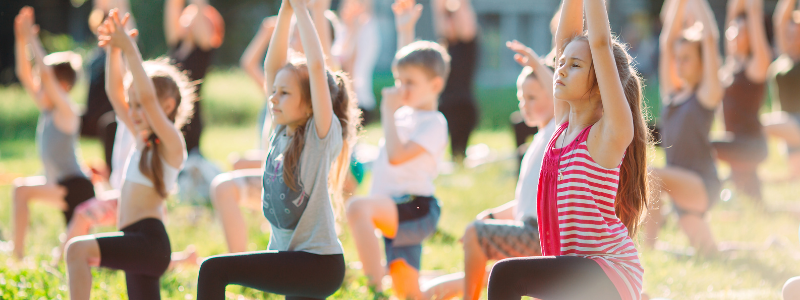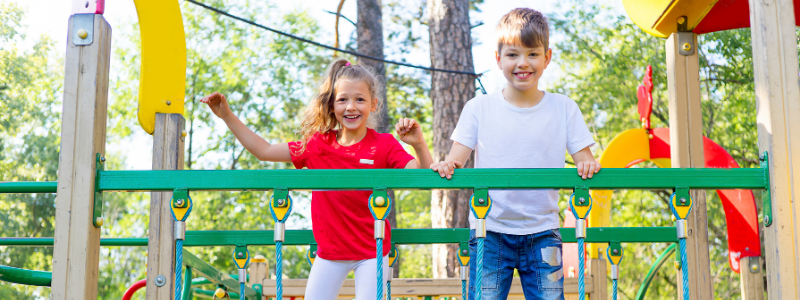Climbing is no different from any other activity to the extent that fear can be a considerable barrier or if appropriately used, a significant ledge upon which we can launch our favourite outdoor activity.
Fear can play a significant part in our everyday lives. Fear on the job, spouse or parent, or even driving can hold us back and prevent us from achieving our goals. Likewise, the fear of climbing and everything it brings with it can hold us back.
Just as preparation and training of your body are essential to be a safe and successful climber, so too must you prepare your mind. Strength and balance are good and helpful, but even more important is an accurate understanding of the challenges and dangers. Only then will you be able to deal with them. Like life itself, if we know and understand our fears, we can overcome them and go on to greater heights and challenges.
How do you deal with the fear? While the sport does involve equipment and support from fellow climbers, it still is just one person at a time in contact with the rock. And unless you can deal with and understand that, you are setting yourself up for great disappointment.
Understand that you must get into your subconscious fears that lie deep within us all with rock climbing. If you do that and work through the inner issues in your mind, you’re set to enjoy this wonderful, inspiring sport.
Business experts have shown that fear of failure can be a great motivator to achieve heights that many never imagined possible. Whether in rock climbing or business or relationships, understanding your fears can push you to greater and greater heights.
Now, go climb that rock!







